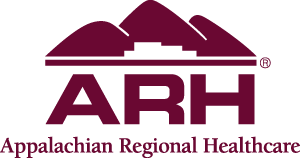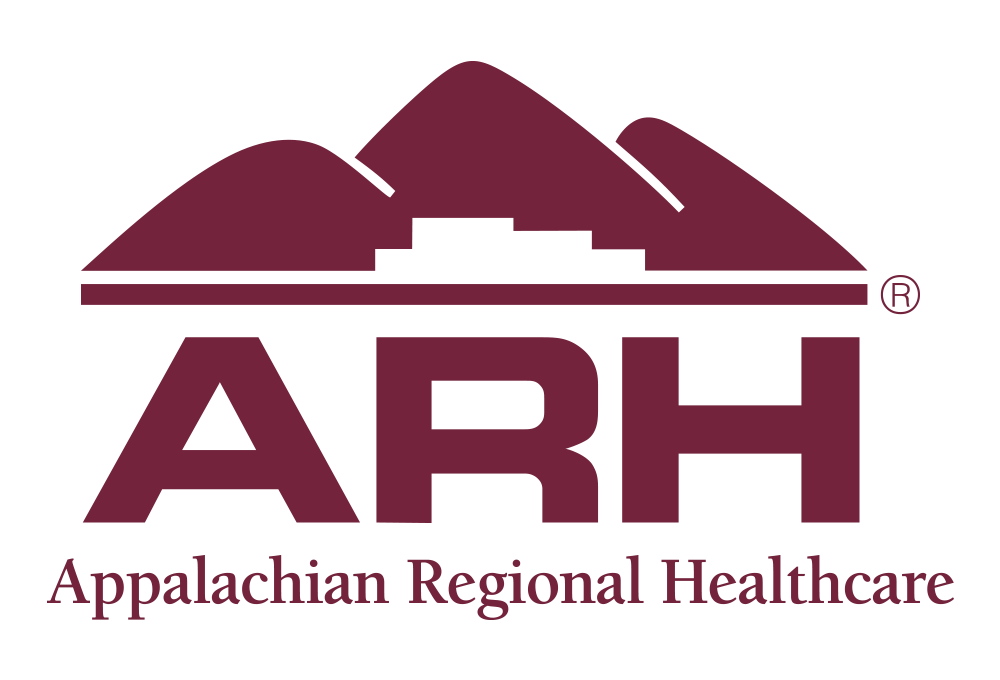You practice social distancing, wash your hands constantly, wear a mask in public and teach your children to do the same, but suddenly you are told that your child was exposed during a high school activity and needs to get tested for COVID-19. When you are told the test result is positive and your child must quarantine at home, after the shock wears off, how are you going to isolate your child from other family members in your home?
“In my role at work, I speak about COVID-19 all day long,” explains Maria Braman, MD, Vice President of Medical Affairs and Chief Medical Officer at Appalachian Regional Healthcare. “When the virus came into my home, my focus was keeping my sick son from the other children, which became complicated and challenging.”
Dr. Braman shares: “As soon as my son complained of not feeling well, he was sent to his room and isolated from the rest of the family. It’s very important to isolate as soon as symptoms start. The next step is to have your loved one tested as soon as possible—don’t wait for a fever to develop. Put on face masks, wash your hands frequently and follow the six-foot distancing CDC guideline.” According to Dr. Braman, her son was exposed to COVID-19 while participating in a high school activity along with other students.
“My son also has COVID-19 after participating in the same high school activity,” shares Holly Caudill. “When I was told he was positive, I cried for a while, then called all our family to let them know. I was told the local health department would call to give us information on how to quarantine at home and to begin an investigation of all the people my son had been around.”
Scott Lockard, Public Health Director for the Kentucky River District Health Department, explains how your local health department helps those who have a family member in their home who tested positive for COVID-19. “Although the health department tracks positive cases and deals with numbers daily, we understand that behind every number is a person . . . we can’t forget the human element.”
According to Lockard, local health departments have contact tracers who assist you, asking where your loved one has been and the people who were around your loved one in the last 14 days. The health department staff also explains specific guidelines from the Centers for Disease Prevention and Control (CDC) and will mail you this information so you can follow these guidelines to keep your family safe during the quarantine.
The CDC guidelines state that the COVID-19 virus is spread through droplets when someone coughs or sneezes, so you can become infected if you are close by or come in contact with contaminated surfaces. Keep the following safety tips in mind when isolating your infected loved one in your home:
- Choose a separate room where you can close the door. If that is not possible, find a space where there is at least six feet between the sick person and other people.
- Those family members who are not sick should use a different bathroom from your sick loved one. If a separate bathroom is not available, the sick person should clean the bathroom after each use. Well family members should try to wait 30 minutes before using the bathroom again. Also important—close the toilet lid when flushing and run the exhaust fan to limit viral particles in stool from becoming airborne.
- Try to make sure that any shared spaces in the home have good air flow, with an air conditioner or an open window. Air filters and air purifiers can also be helpful in these situations.
- The sick family member should wear a face mask when around other people. Caregivers should wear one when within 6 feet of a sick person and disinfect all surfaces to which the sick person has come in contact.
- Do not share household items like dishes, cups, utensils, towels, bedding or soap.
- Clean all surfaces– counters, tabletops, doorknobs, bathrooms, phones, keyboards, tablets and bedside tables daily.
- Wash laundry thoroughly. If possible, wear disposable gloves while handling soiled items and keep soiled items away from your body. Remember to clean your hands immediately after removing your gloves.
- Put all used gloves, masks, and other contaminated items in a bag before disposing of them with other household waste.
“My son has COVID-19 and our family wears cloth masks when we are around him,” shares Kim Fields. “Everyone has a zip-lock bag with their name on it, and we place our masks in these instead of laying them down on a counter.”
Another excellent safety tip from mom Brandy Napier: “When my son tested positive, I had him put all his towels and clothes in a separate laundry bag and I washed them separately from the other laundry. I also instructed him on how to clean bathroom surfaces and doorknobs after each use.”
Although taking care of someone with COVID-19 in your home can be a big responsibility, practicing CDC guidelines will help you safely navigate this journey. Always remember, if you or others in the home start to develop symptoms, make sure to get in touch with your healthcare team right away. Watch this video at https://vimeo.com/442559932 for additional information about Life in Quarantine with COVID-19.



